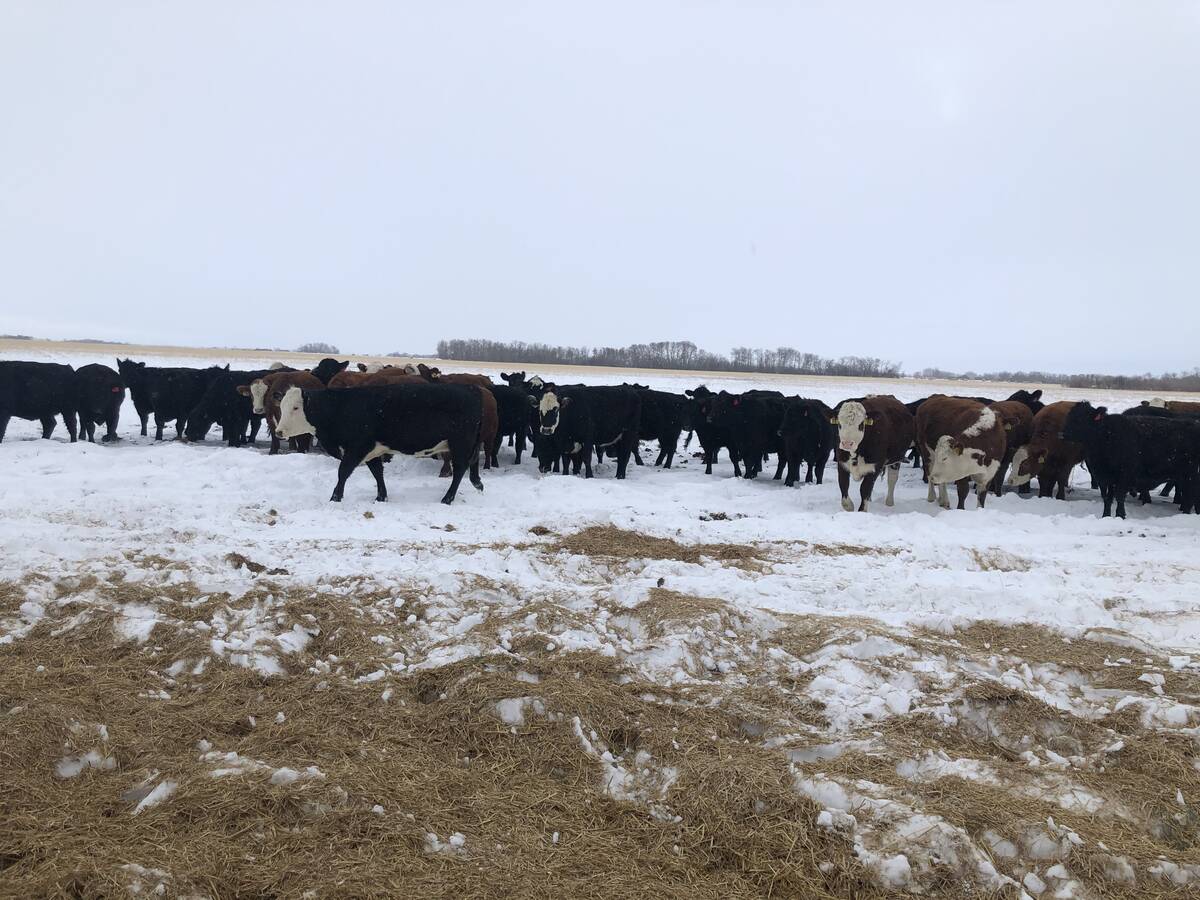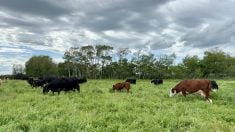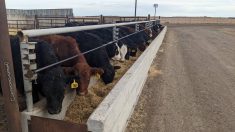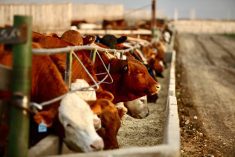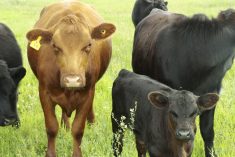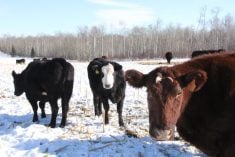The droughts and record-high feed prices over the past four years have taken a heavy toll on the North American beef industry. Both the U.S. and Canadian cow herds have shrunk to historic lows — the U.S. is now at its smallest herd since the early 1950s, and Canada hasn’t seen numbers this low in 35 years. Fewer cows have meant fewer feeder cattle going into feedlots and, in turn, less beef production. So far in 2025, production is down 2.7 per cent in the U.S. and five per cent in Canada compared to last year, driving cattle and beef prices to record highs.
But there are signs of change. Improved moisture has boosted grass and forage production in many regions, and the U.S. is forecasting a record corn crop. Statistics Canada recently reported the first year-over-year increase in the beef cow herd since 2021, with cow numbers up 0.4 per cent and beef replacement heifers up two per cent. With better feed availability and strong markets, many producers will be thinking about rebuilding their herds and retaining more heifers this fall.
That raises an important question: which cows and heifers should you keep?
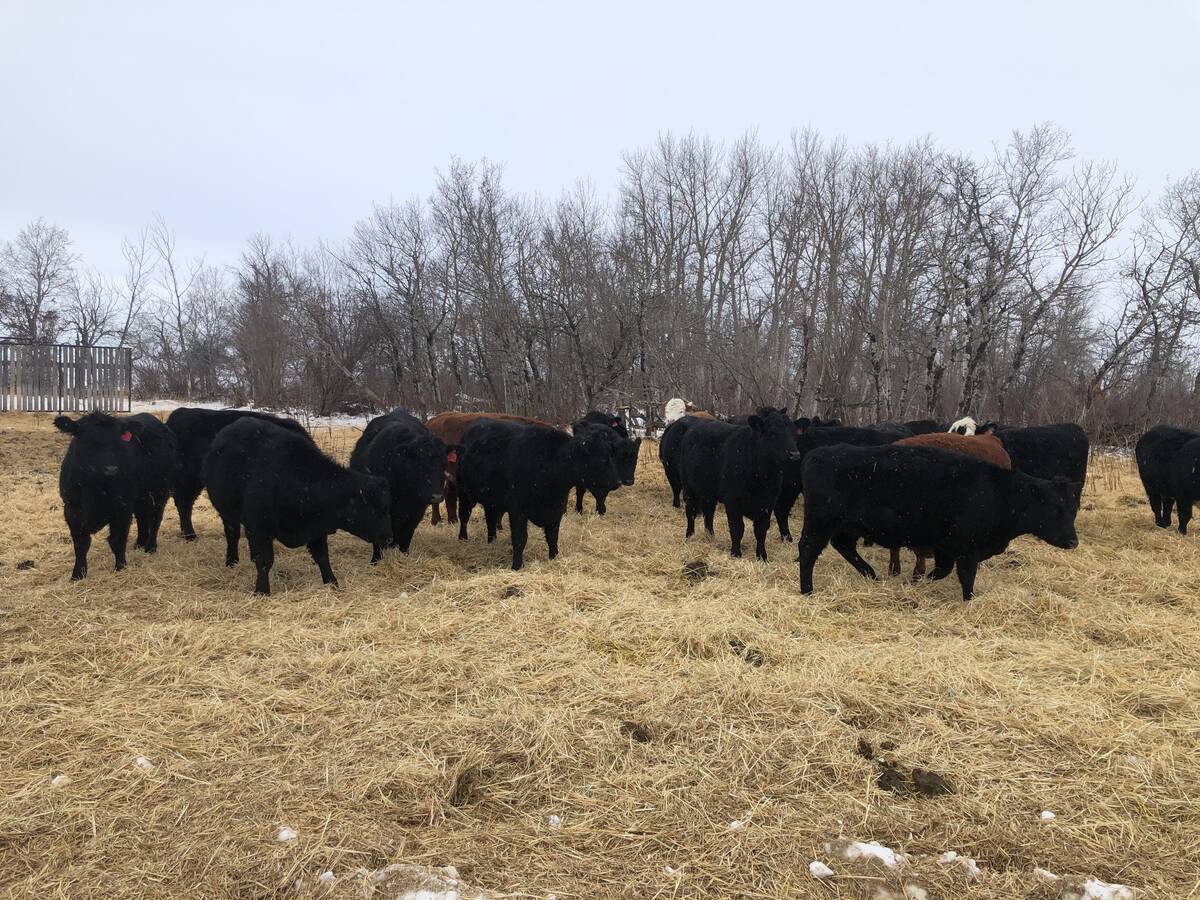
Read Also
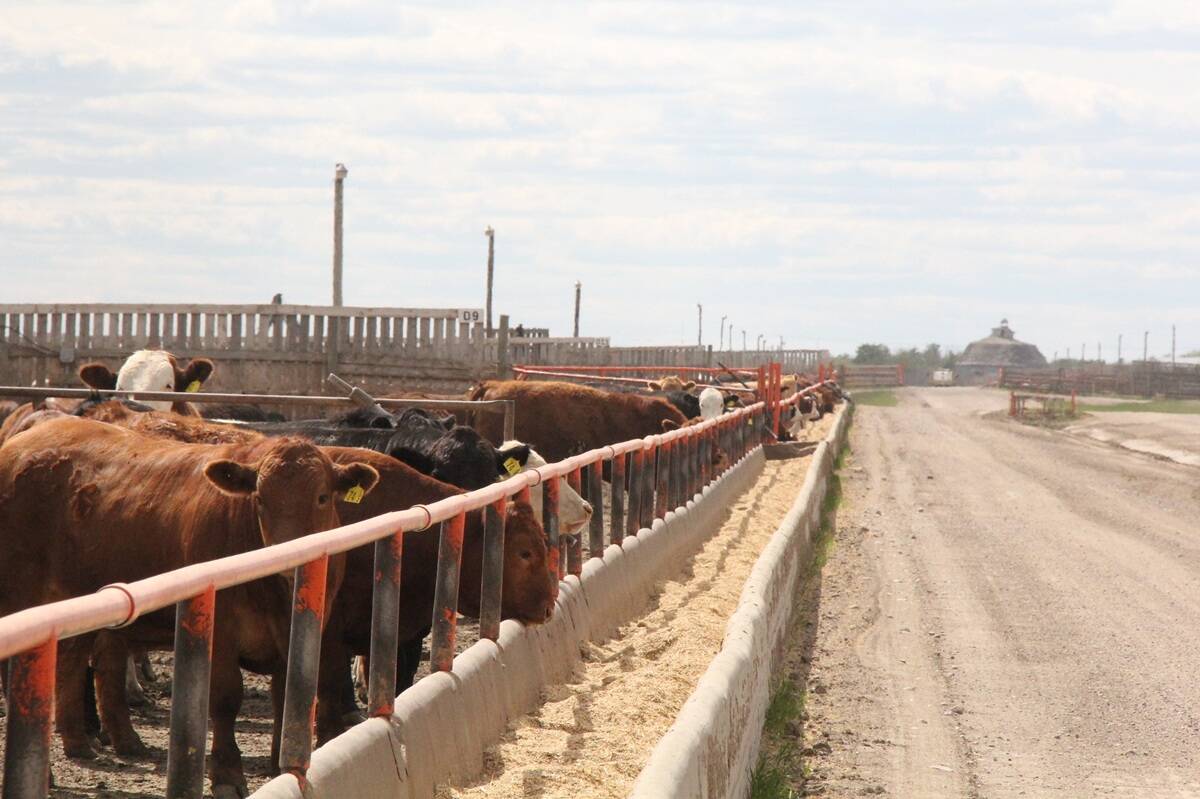
Unwinding the fibre in feedlot cattle diets
Research into how barley rolling method and undigestible NDF levels affect animal performance and digestive health in finishing diets
A new beef cow ranking system developed at the University of Saskatchewan may help. The Beef Cow Efficiency Calculator (Delver et al., 2023) was designed using two years of data from a western Canadian cow herd managed under extensive conditions. The “CowCulator” ranks cows using three simple pieces of information:
- • Calving date
- Cow body condition score
- Calf weaning weight
The idea is straightforward: cows that maintain body condition, rebreed successfully and raise heavier calves under the same conditions are more efficient and consequently more profitable to keep in the herd. Their daughters are also more likely to thrive in the same environment.
In the study, the most efficient cows stood out in several ways:
- They were about 100 lb. lighter than less efficient cows (1,362 lb. versus 1,462 lb.).
- They ate more feed relative to their body size, but not more overall pounds of feed per day.
- They carried less rumen fill and had faster fibre passage, yet digested feed just as well.
- They weaned heavier calves while maintaining better body condition.
What does this mean in practice? These cows were able to put more of the energy they ate into reproduction, lactation and calf growth rather than body weight. Importantly, they stayed efficient even when fed diets of different forage quality, suggesting this trait holds up across management systems.
As herds begin to rebuild, efficiency will be just as important as expansion. Tools like the Cow Efficiency Calculator can help identify the cows that are pulling their weight and select calves that do the same.
References
Delver, J.J., H.A. Lardner, J.J. McKinnon, G.O. Ribeiro, M. Asai-Coakwell, and G.B. Penner. 2023. Development of an efficiency ranking system for beef cows and effects on feed intake, ruminal fermentation, NDF turnover, and apparent total tract digestibility. Canadian Journal of Animal Science. 103(4): 338-354. doi.org/10.1139/cjas-2023-0004
Cow Efficiency Calculator: saskatchewan.ca/business/agriculture-natural-resources-and-industry/agribusiness-farmers-and-ranchers/programs-and-services/information-services-for-agribusiness-farmers-and-ranchers/farming-and-agricultural-calculators


